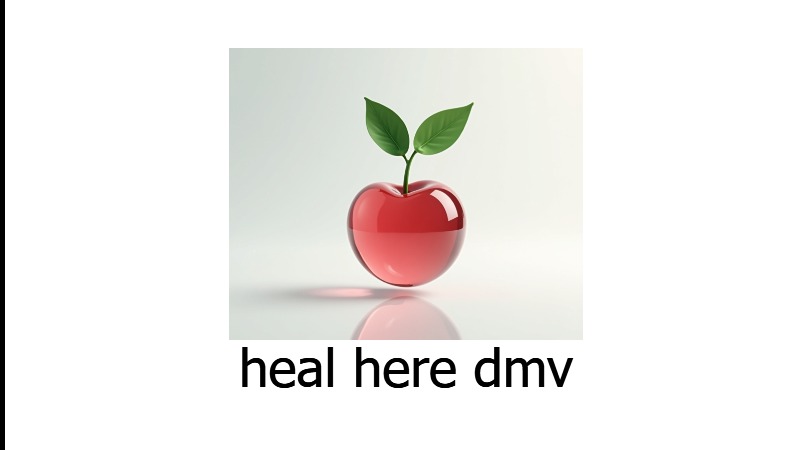
Understanding the Importance of Suicide Prevention Awareness
September is not just another month on the calendar; it’s Suicide Prevention Awareness Month, a time dedicated to raising awareness around the critical issues of mental health. One pressing matter is maternal mental health, particularly for those navigating the challenges of pregnancy and postpartum. Tragically, suicide and overdose rank among the leading causes of death for women in the year following childbirth. Highlighting this issue is paramount, as it brings to light the urgent need for support and understanding.
Emergency Resources at Your Fingertips
In moments of crisis, having direct access to support can make all the difference. Resources like the 988 Suicide and Crisis Lifeline play a pivotal role in ensuring immediate help is available. This hotline not only provides critical services around the clock but also connects individuals to necessary resources tailored to their unique situations. Remember, in severe emergencies where someone's safety is in jeopardy, calling 911 remains essential.
Another vital lifeline is the National Maternal Mental Health Hotline, reachable at 1-833-TLC-MAMA. This resource offers specialized support for perinatal mental health. It stands out for its 24/7 availability and multilingual support, catering to diverse communities. Enlisting the help of seasoned professionals can be a comforting experience during uncertain times.
Connect with Support Groups and Resources
For those seeking community and connection, the Postpartum Support International Helpline at 800-944-4773 offers a warmline connecting individuals to volunteers who provide empathetic listening and direction to accessible resources, such as local support groups. Whether it’s through a simple voice call or a text message, the Helpline offers a much-needed sense of belonging to those navigating postpartum experiences.
Moreover, the PSI website (www.postpartum.net) is a treasure trove of information. From mental health provider lists to online support networks, they provide comprehensive resources that empower individuals to find their support systems.
Building a Safety Net: Community Engagement Matters
By fostering conversations about mental health, community members can create safe spaces for those who've felt isolated or misunderstood. The more we talk about maternal mental health, the more the stigma diminishes, allowing individuals to seek help without fear. One approach is organizing support groups or community workshops aimed at educating new parents about the signs of depression and anxiety associated with perinatal health.
In reiterating the incredible work of local organizations and volunteers, we highlight the tales of resilience that make our neighborhoods thrive. By sharing these narratives, we amplify awareness around suicide prevention and encourage proactive steps toward mental wellness throughout our communities.
Future Predictions: Advancing Maternal Mental Health Resources
As we move forward, it is essential to advocate for the adequacy of mental health resources available to all expecting and new parents. Future trends indicate a growing recognition of the complexities surrounding perinatal mental health, leading to enhanced training for medical professionals and a greater emphasis on integrated care approaches. Predictive strategies point towards more community-driven initiatives that combine the benefits of healthcare services with grassroots support systems.
Final Thoughts: The Road Ahead
This September, let's commit to raising awareness about the vital importance of suicide prevention, particularly among mothers and birthing individuals. By sharing knowledge, providing resources, and fostering open dialogues, we stand a chance at transforming lives. So whether you’re a parent, a friend, or a community member, your role in this initiative is significant. Let’s bridge the gaps together for healthier families and empowered individuals.
For anyone interested in supporting their journey toward wellness or advocating for maternal mental health, connect with local organizations and resources this month. Every step we take counts towards a supportive future.
 Add Row
Add Row  Add
Add 



Write A Comment